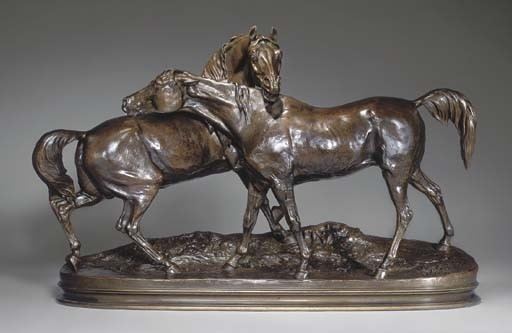Nationality French | Name Pierre-Jules Mene | |
 | ||
Notable work L\'Accolade; Cerf a la branche; Ibrahim, cheval arabe | ||
ABBA - That's Me; Pierre Jules Mene 1 (1810-1879)
Pierre-Jules Mêne (25 March 1810 – 20 May 1879) was a French sculptor and animalière. He is considered one of the pioneers of animal sculpture in the nineteenth-century.
Contents
- ABBA Thats Me Pierre Jules Mene 1 1810 1879
- Pierre Jules Thophile Gautier Life Works
- Early life
- Career
- Copies forgeries and reproductions
- Death and legacy
- References
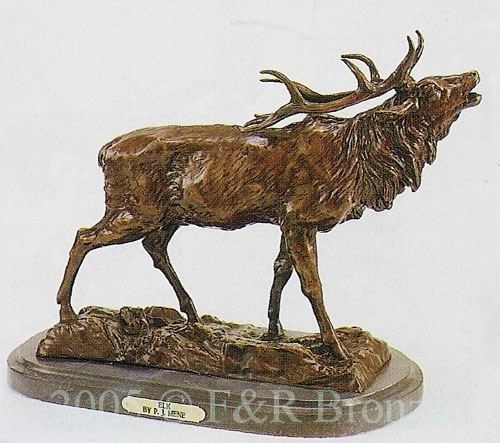
Pierre Jules Théophile Gautier Life & Works
Early life

Mêne was born on 25 March 1810 in Paris, France. As a teenager he worked for his father, a metal turner. By 1837 he was casting his bronze sculptures in his own foundry.
Career
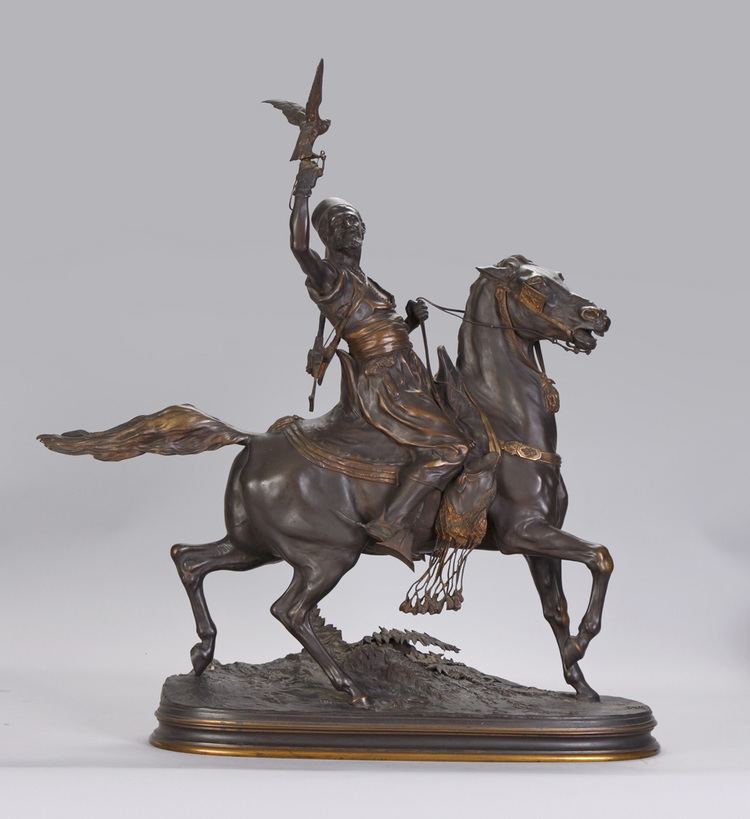
Mêne produced a number of animal sculptures, mainly of domestic animals including horses, cows and bulls, sheep and goats which were in vogue during the Second Empire. He was one of a school of French animalières which also included Rosa Bonheur, Paul-Edouard Delabrierre, Pierre Louis Rouillard, Antoine-Louis Barye, his son-in-law Auguste Caïn, and François Pompon.
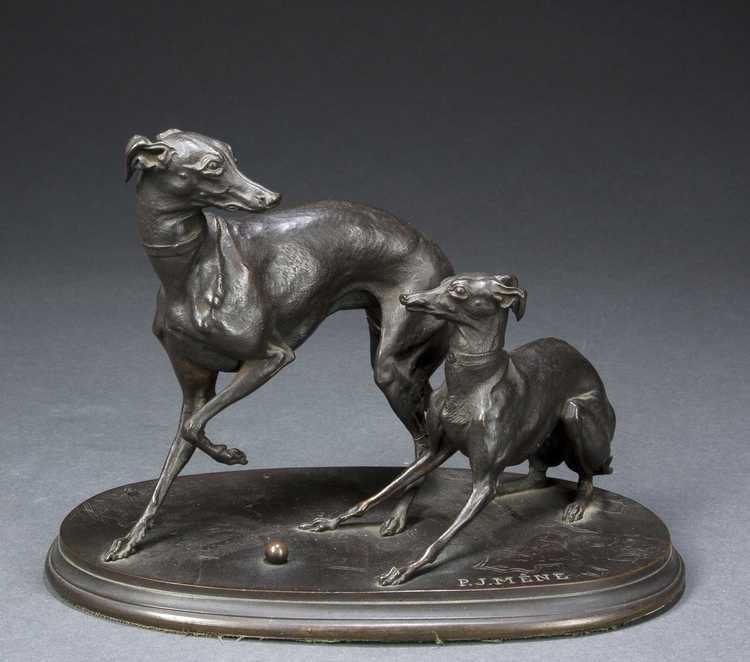
His work was first shown in London by Ernest Gambart in 1849. Mêne specialized in small bronze figures which explains why none of his works exist as public statuary. His work was a popular success with the bourgeois class and many editions of each sculpture were made, often to decorate an increasing number of private homes of the period. The quality of these works is high, comparable to Barye's. Mêne enjoyed a longer period of success and celebrity than his contemporaries. He is considered to have been the lost-wax casting expert of his time. The lost-wax casting method is sometimes referred to as the cire perdue method.
Copies, forgeries and reproductions

Because Mêne was so prolific and because so many editions of his works were made, his work is sometimes devalued in the current market, and forgeries and reproductions of his works abound. However, original, period pieces cast during his lifetime continue to bring good prices at auction. Russian foundries are known to have copied Mêne's work. These castings can be recognized by the appearance of a small plaque, inscribed in Cyrillic, most often found on the underside of the base of the sculpture.
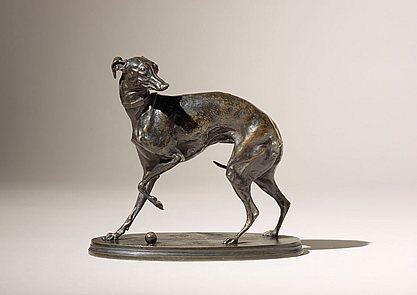
After Mène's death in 1879, the Susse Freres foundry acquired the rights to reproduce his models and produced posthumous proofs marked "Susse foundeur éditeur, Paris".
Death and legacy
Mêne died on 20 May 1879 in Paris, France. He is remembered as one of the finest, and certainly the most prolific, Animalier sculptors of all time.
